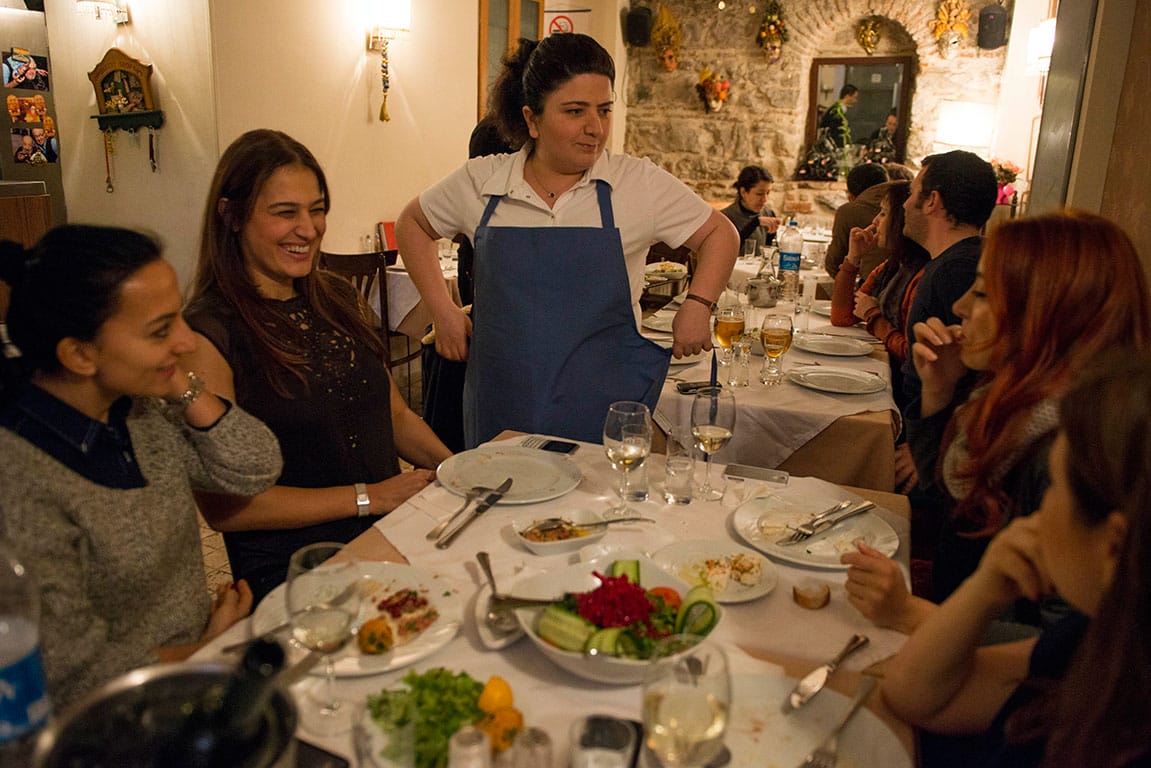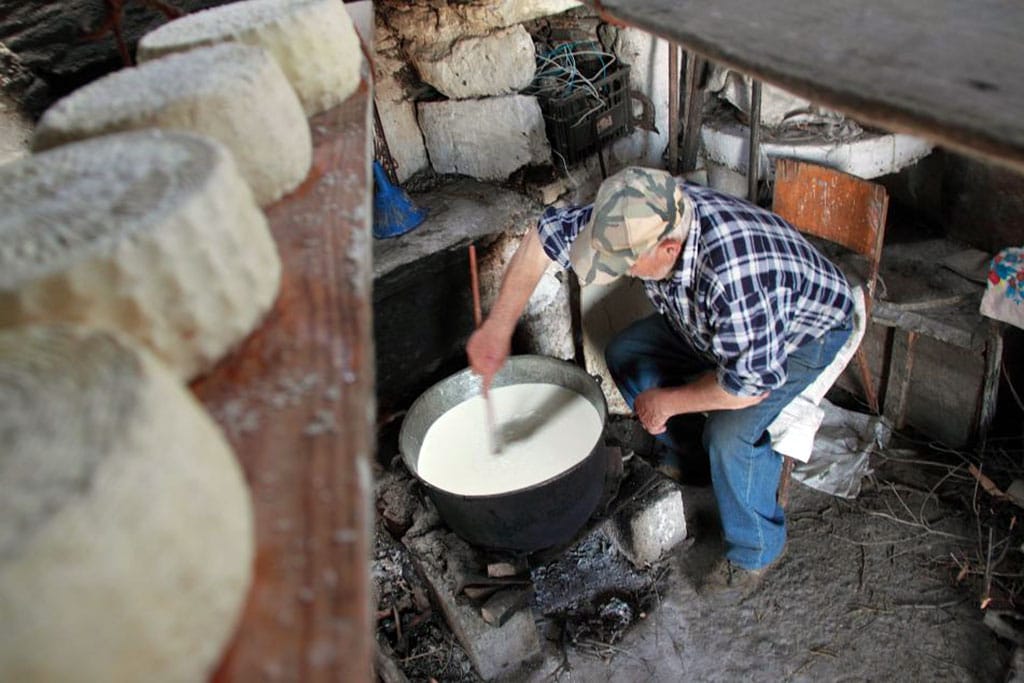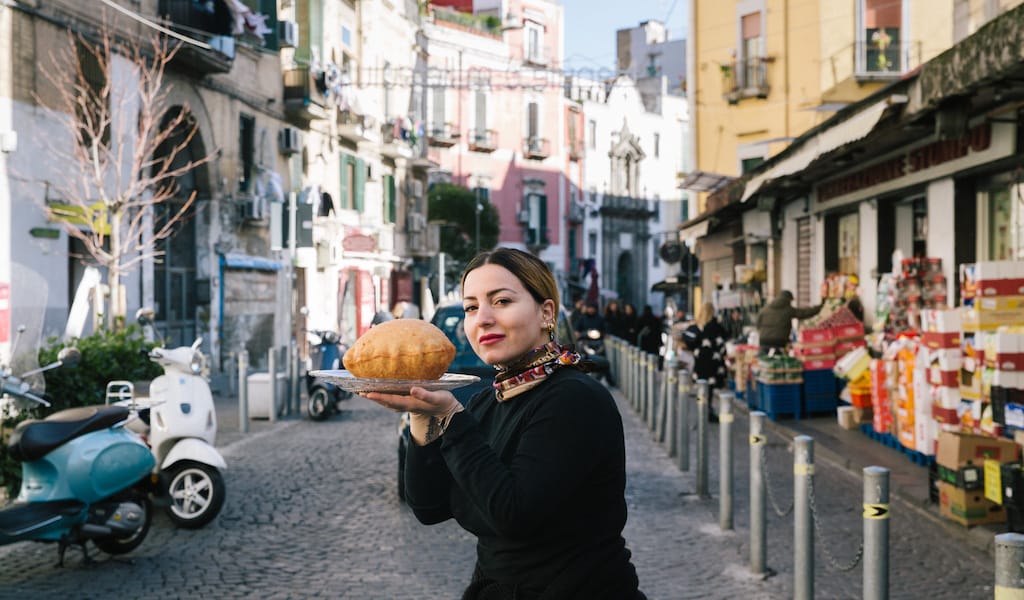Editor’s note: We regret to report that Mari, which was run by the former chef and owners of Mekan, has now closed Check out our review of her latest tasty venture, Marinee Kaburga, here.
In the great multicultural Anatolian kitchen, questions about the ethnic or national origins of foods are often cause for forks and knives to fly. A porridge called keşkek is a hot-button diplomatic issue between Turkey and Armenia, and we won’t even get started on the ongoing baklava debate. So what to make of this cuisine that draws influences from every corner of the former Ottoman lands, a territory stretching from the Balkans to North Africa? The answer might be in a simple term that’s becoming popular among Turkey’s minorities. The word Türkiyeli means “of Turkey” and differs significantly (and quite intentionally) from the word Türk, which often adds ethno-religious shades to nationality.
We find Türkiyeli to be an apt description of most things in this country, and certainly of the restaurant Mari, whose heritage is anything but simple: Owned by Armenian and Jewish business partners, the venue is frequented by a diverse clientele that includes many Istanbul Armenians. Nevertheless, Mari wears its identity loosely and is not trying to be anything but a good restaurant with a kitchen turning out well-made, traditional favorites. Hold the culinary nationalism, and dig in.
From the moment you enter, you are enveloped in the warm, personal handling that is an integral part of the Mari experience. The gracious owners are often standing by to greet new arrivals or working the room with a glass of wine in hand, as if they were hosting a dinner party in their home. Indeed, the house red (Pamukkale’s Arya) is a good way to start the meal, and it’s also one of the more affordable (drinkable) wines in town.
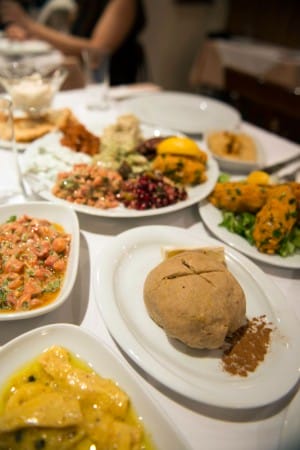 If you are lucky, Mari, the boisterous chef, will make an appearance along with the meze tray. On a recent visit, she took one look at us and immediately saw in our future the old meyhane favorite lakerda, or pickled bonito, along with an ultra-fresh salad of tomatoes and crushed walnuts dressed with pomegranate molasses, and a plate of smoked red peppers in a thick, sour yogurt. We also went for the topik, an Armenian specialty that stuck out on the meze tray like a sore thumb – or, more accurately, a softball. Made with chickpeas, potatoes, tahini and onions that are mashed together and turned into a mound that is then studded with pine nuts and dusted with cinnamon, this sweet and savory concoction is an odd assembly of flavors and textures, to say the least. It’s a novelty that people either hate or write folk songs about, but should be tried at least once.
If you are lucky, Mari, the boisterous chef, will make an appearance along with the meze tray. On a recent visit, she took one look at us and immediately saw in our future the old meyhane favorite lakerda, or pickled bonito, along with an ultra-fresh salad of tomatoes and crushed walnuts dressed with pomegranate molasses, and a plate of smoked red peppers in a thick, sour yogurt. We also went for the topik, an Armenian specialty that stuck out on the meze tray like a sore thumb – or, more accurately, a softball. Made with chickpeas, potatoes, tahini and onions that are mashed together and turned into a mound that is then studded with pine nuts and dusted with cinnamon, this sweet and savory concoction is an odd assembly of flavors and textures, to say the least. It’s a novelty that people either hate or write folk songs about, but should be tried at least once.
After the cold mezes came the ara sıcak, or hot appetizers course. From this round we suggest the içli köfte, better known as kibbeh in Middle Eastern restaurants. Mari’s courage to ramp up most dishes with a bit more spicy heat than usual came through on this dish, whose color alone – a deep crimson – hinted at the strong paprika kick within. Patlıcanlı börek is a Mari specialty from the Sephardic kitchen that is also not to be missed. Instead of the typical filling of cheese, spinach or potato, this börek’s crispy phyllo dough shell holds a smoky eggplant mash. To the veteran börek eater, this version is at first alarming and, shortly thereafter, extremely pleasing.
The entrées at Mari, including köfte (meatballs) and fresh fish, are prepared simply, generally on the grill. When on offer, we opt for a plate of hamsi, or Black Sea anchovies, which are coated with cornmeal and cooked on a flat, lightly oiled griddle. This preparation does this small fish justice, as does the presentation, in a perfect fan shape on the plate: 20 little exclamation points of briny flavor, all attached at the tail.
Mari’s uncommon ethnic specialties and quiet atmosphere represent a welcome change of pace from the predictable menus and raucous surroundings that mark most dinners out in Beyoğlu’s meyhanes. Though the prices don’t differ much from those of its competitors, the quality of the food, wine and service always keep us coming back. Good hospitality, it’s clear, knows no borders.
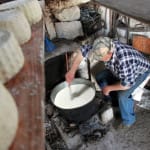 October 14, 2015 CB on the Road
October 14, 2015 CB on the Road
In May, we visited some friends on the beautiful island of Amorgos. While we were […] Posted in Athens April 20, 2021 Market Recovery
April 20, 2021 Market Recovery
We used to live across the street from Dinamo Stadium, on the edge of the Deserter’s […] Posted in Tbilisi February 7, 2020 Isabella De Cham Pizza Fritta
February 7, 2020 Isabella De Cham Pizza Fritta
After a morning spent walking around the Fontanelle Cemetery, the oldest ossuary in […] Posted in Naples
Published on December 11, 2015
Related stories
October 14, 2015
Athens | By Ilias Fountoulis
AthensIn May, we visited some friends on the beautiful island of Amorgos. While we were driving to the south of the island, in the Kolofana area we came across a very small kafeneio, or traditional coffeehouse. We only wanted to make a quick stop for a cup of coffee and a glass of water, but…
April 20, 2021
TbilisiWe used to live across the street from Dinamo Stadium, on the edge of the Deserter’s Bazaar and part of the Vagzalis Bazroba – Station Bazaar – complex, a sprawling, unhinged confederacy of free-marketers selling everything from counterfeit apparel to contraband from Russia, secondhand cell phones and coffee beans labeled Nescafé. Zaza, a musician and…
Dig into Naples’ many fried foods on our walk.
February 7, 2020
NaplesAfter a morning spent walking around the Fontanelle Cemetery, the oldest ossuary in Naples, and the Sanità market, we believe that we have created enough of a calorie deficit to face a fried pizza – the original pizza, born before the more familiar oven-baked variety, and a universally beloved dish in the Neapolitan cuisine –…







































